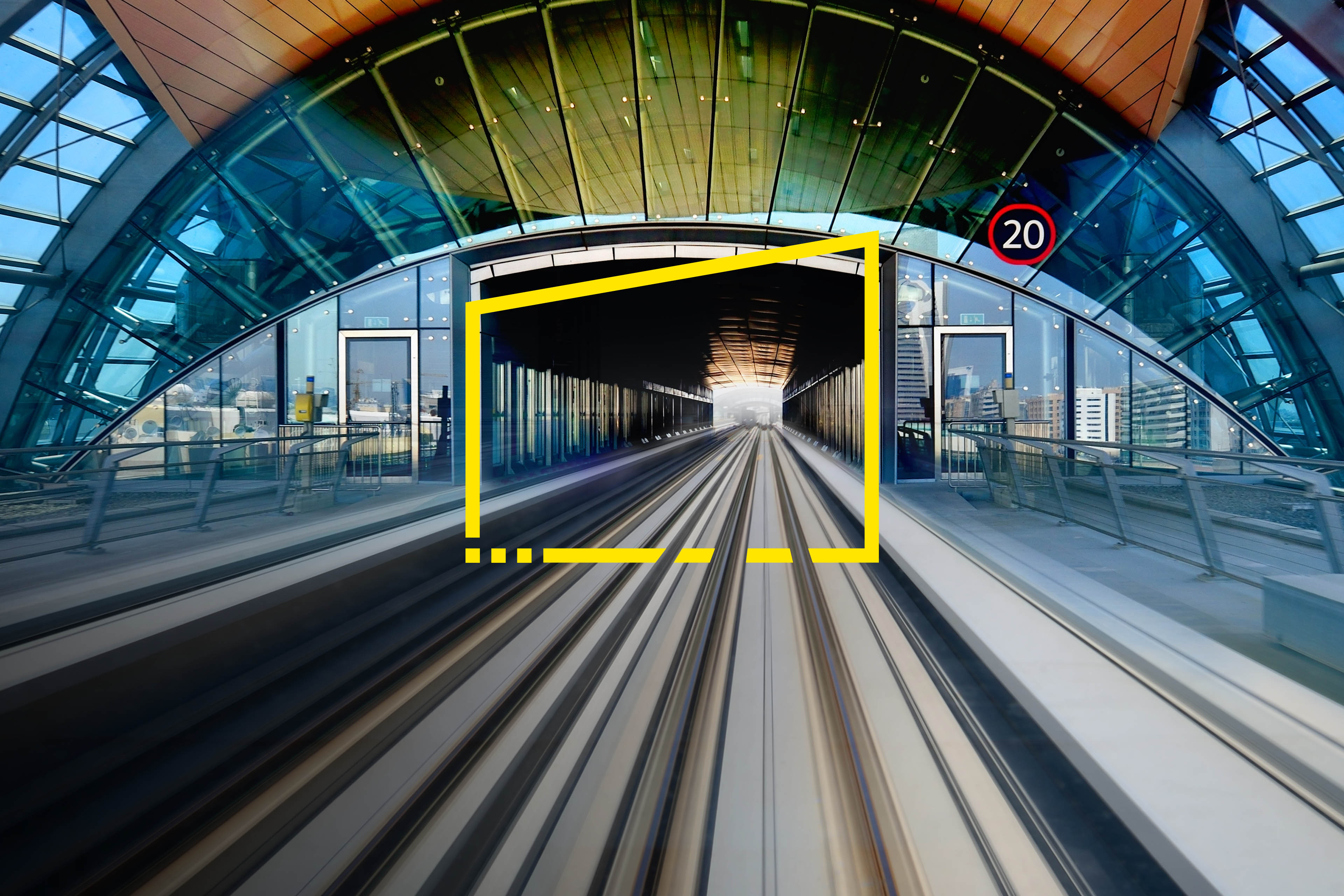EY refers to the global organization, and may refer to one or more, of the member firms of Ernst & Young Global Limited, each of which is a separate legal entity. Ernst & Young Global Limited, a UK company limited by guarantee, does not provide services to clients.
How EY can help
-
Discover how EY's global renewables team can help your business transition to the world of renewable energy.
Read more
For Taiwan’s industrial and construction sectors, the plan primarily provides policy explanations or regulatory responses, adopting approximately 3% and 1% of technologies from the ETP Technology Guide, respectively. While there are missing proposals regarding technological promotion that are clearly outlined as those demonstrated in the ETP Technology Guide, the industrial sector is focusing instead on Best Available Technologies (BAT), such as low-carbon processes, energy conversion applications, and equipment performance improvements, which are less closely related to net zero technology development. Despite the proposal of individual carbon reduction or 2050 net zero plans from key industries such as steel and cement, the Net Zero Plan does not address related policies, or specify how sustainable finance will provide sufficient funding or investment for industrial transformation. Similarly, the construction sector also focuses on policies and supporting measures without a defined trajectory for Taiwan’s future technological advancement. The push for net zero buildings remains in its infancy, with no explicit or detailed policies on topics such as control systems for cooling, thermal efficiency, lighting standards, low-carbon materials, lifecycle extensions or circular economy, near-zero carbon building ventilation, as well as technical standards for building envelope.





